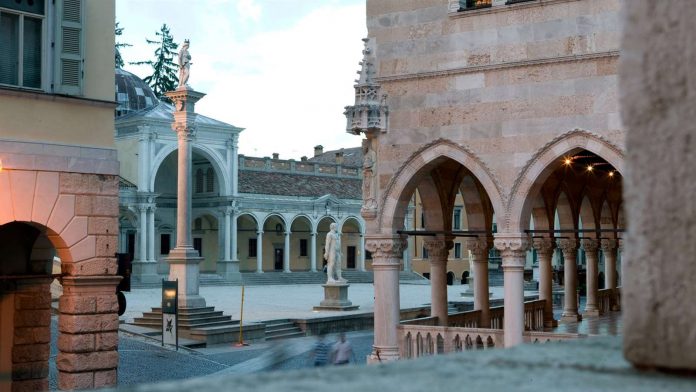by EH
While much of Europe was grappling with high temperatures this summer, the economic climate in northern Italy offered a cool counterpoint. Recent data from Trieste and Udine, two key cities in the Friuli Venezia Giulia region, reveals that inflation is sharply decelerating.
In Trieste, the annual inflation rate stands at just 1.4%, while neighboring Udine reports an even lower 1.2%. These figures, published by local statistical agencies, mark a continued decrease from July’s inflation rates, reflecting an ongoing cooling of price pressures in both cities. Month-to-month, prices have barely budged, with a modest 0.2% increase recorded in each city for August.
Food Prices Falling as Costs for Services Rise
Notably, the cost of food and non-alcoholic beverages—a key category for everyday expenses—declined slightly in both Trieste and Udine last month. Udine, in particular, saw food prices drop compared to August 2023, a rare piece of good news for consumers who have faced rising costs in recent years.
Yet, while food prices are offering relief, the cost of housing utilities—including electricity, water, and fuel—rose by 0.7% in both cities last month. However, when compared to the previous year, housing expenses remain down by 0.6%.
The most significant rise comes from the hospitality sector, as accommodation and restaurant services saw a sharp price increase. Over the past year, prices surged by 4.9% in Trieste and 4.6% in Udine. But the standout statistic is the 23.2% increase in the cost of vacation packages—a major price hike that highlights the growing expense of leisure travel in the region.
A Dramatic Decline in Phone Prices
While rising costs in hospitality have drawn attention, a steep decline in another sector offers some reprieve. The “communications” category experienced the largest price drop, driven largely by a sharp decrease in the cost of telephone devices, which fell by more than 20% in both cities over the past year.
This significant drop contrasts with rising service costs and hints at shifting consumer priorities in a post-pandemic world, where technological goods have become more accessible even as travel and leisure become pricier.
Inflation Trends Amid Global Shifts
These inflation trends in northern Italy come as Europe faces broader economic uncertainty, with inflationary pressures slowing in many parts of the continent. Energy costs, a key driver of inflation last year, have also cooled across much of Europe, thanks to favorable weather conditions and adjustments to supply chains.
While the overall inflation picture in Trieste and Udine suggests stability, the mixed signals—rising service costs alongside falling consumer goods prices—reflect a complex post-pandemic economy that continues to rebalance itself.





























